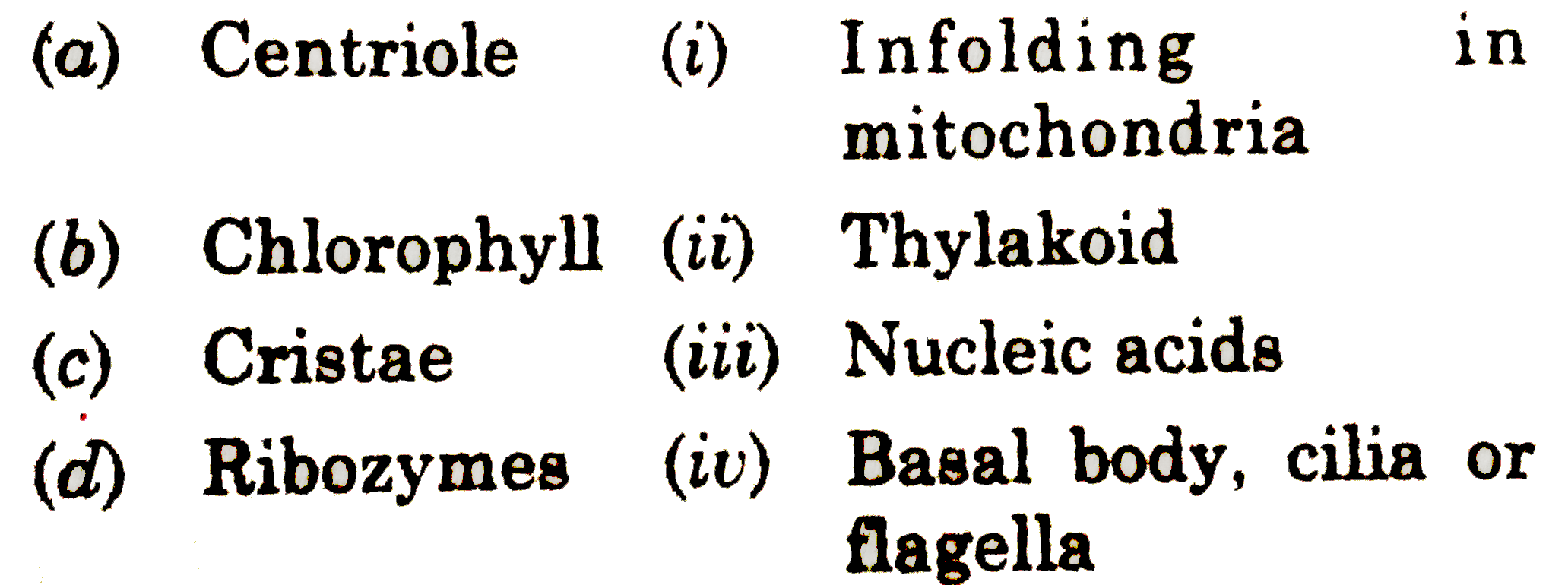Select the correct answer
Across a period, the ionization potential [increases, decreases, remains same].
To solve the question regarding the trend of ionization potential across a period in the periodic table, we can follow these steps:
Step 1: Understand Ionization Potential
Ionization potential (or ionization energy) is defined as the amount of energy required to remove an electron from an isolated gaseous atom.
Step 2: Analyze the Periodic Table
The periodic table is arranged in periods (horizontal rows) and groups (vertical columns). As we move from left to right across a period, we encounter different elements with increasing atomic numbers.
Step 3: Identify the Trend Across a Period
As we move from left to right across a period:
- The nuclear charge (number of protons in the nucleus) increases.
- This increase in nuclear charge results in a stronger attraction between the nucleus and the electrons.
- Consequently, more energy is required to remove an electron from the atom.
Step 4: Conclusion
Based on the above analysis, we conclude that the ionization potential increases as we move from left to right across a period.
Final Answer
The correct answer is: Ionization potential increases across a period.
---
Ionization potential (or ionization energy) is defined as the amount of energy required to remove an electron from an isolated gaseous atom.
The periodic table is arranged in periods (horizontal rows) and groups (vertical columns). As we move from left to right across a period, we encounter different elements with increasing atomic numbers.
As we move from left to right across a period:
- The nuclear charge (number of protons in the nucleus) increases.
- This increase in nuclear charge results in a stronger attraction between the nucleus and the electrons.
- Consequently, more energy is required to remove an electron from the atom.
Based on the above analysis, we conclude that the ionization potential increases as we move from left to right across a period.
The correct answer is: Ionization potential increases across a period.
Topper's Solved these Questions
- PERIODIC TABLE (PERIODIC PROPERTIES AND VARIATION OF PROPERTIES)BOOK - ICSECHAPTER - PERIODIC TABLE (PERIODIC PROPERTIES AND VARIATION OF PROPERTIES)EXERCISE - ADDITIONAL QUESTIONS
74 Videos
- PERIODIC TABLE (PERIODIC PROPERTIES AND VARIATION OF PROPERTIES)BOOK - ICSECHAPTER - PERIODIC TABLE (PERIODIC PROPERTIES AND VARIATION OF PROPERTIES)EXERCISE - ADDITIONAL QUESTIONS (Fill in the blanks with the appropriate word/s in each case.)
24 Videos
- PERIODIC PROPERTIES AND VARIATIONS OF PROPERTIESBOOK - ICSECHAPTER - PERIODIC PROPERTIES AND VARIATIONS OF PROPERTIESEXERCISE - ASSERTION AND REASON BASED QUESTIONS
5 Videos
- PRACTICAL CHEMISTRY BOOK - ICSECHAPTER - PRACTICAL CHEMISTRY EXERCISE - Questions from Previous ICSE Board Papers (2017)
2 Videos
Similar Questions
Knowledge Check
Assertion:Metallic character is highest at the extremely left side of the periodic table.
Reason:Ionization enthalpy increases across a period.AIf both assertion and reason is the correct explanation of assertion.BIf both assertion and reason is the correct explanation of assertion.CIf both assertion and reason is the correct explanation of assertion.DIf both assertion and reason is the correct explanation of assertion.
Select the correct answer:
Non-metallic character down the group - increases/decreases
View SolutionChoose the correct answer from the options given below :
Ionisation Potential increases over a period from left to right because the :
View SolutionMatch and select the correct answer

View SolutionWhich of the following is generally true. A: Atomic size increases from left to right across a period. B: Ionization potential increases from left to right across a period. C: Electron affinity increases on going down a group. D: Electronegativity increases on going down a group.
View SolutionState whether the ionization potential decreases on going down a group.
View SolutionThe correct order of increasing first ionization energy is
View SolutionWhich is the correct order of the first ionization potential of N, O and C?
View Solution
